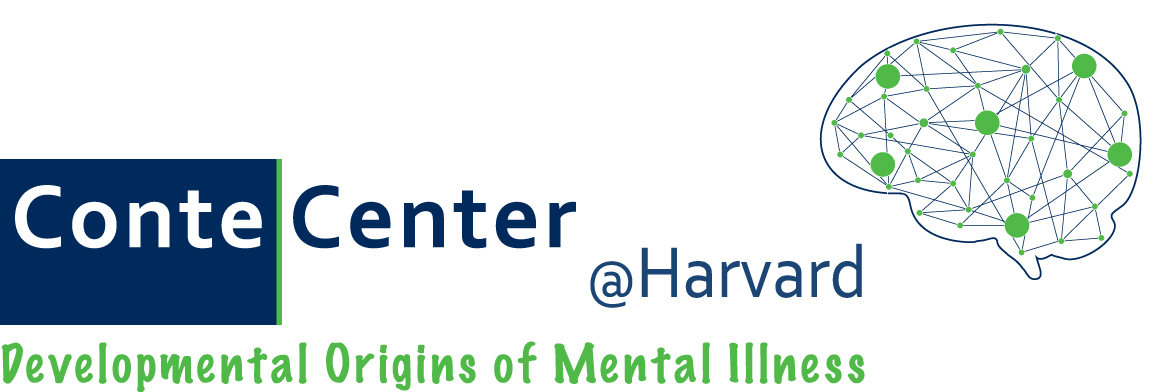Image from iStockPhoto.com © i_love_zou_york
Why is it harder to learn languages when you’re older? Why do star athletes and master musicians start training young? Why are certain medical conditions reversible in kids, but not in adults?
The answer to all of these questions and many more lies in the existence of ‘critical periods’—windows of time in human and animal development when environmental experience molds neural circuits. While experience can influence the brain long before and after critical periods, the sculpting power of its hand is never quite as strong than as during these periods of heightened plasticity.
Years of research from neuroscience laboratories worldwide, including the team of Takao Hensch, director of the Conte Center at Harvard, focused on developmental origins of mental illness, has revealed that inhibitory neural activity—in which neurons release chemical signals that dampen or silence the electrical activities of their partners—plays a crucial role in orchestrating critical periods. If inhibitory neurons in the cerebral cortex don’t mature, critical periods don’t open. Conversely, if levels of inhibition are amped up early in development, critical periods can open prematurely.
But why? How exactly does inhibition allow a neuron to “open” a window of plasticity?
